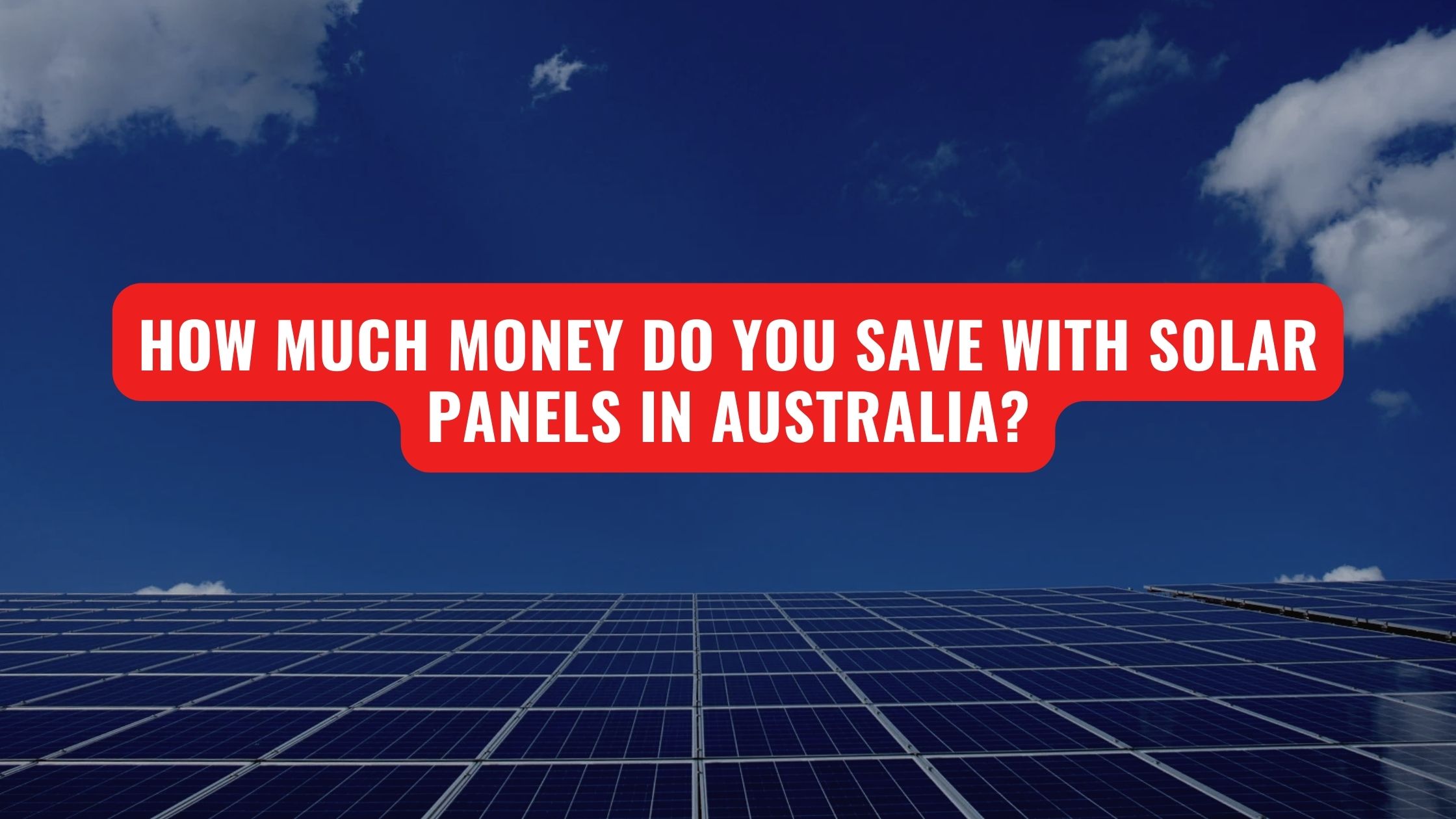
As the cost of living continues to rise, many Australians are seeking ways to reduce their expenses and increase their financial savings. One increasingly popular solution is the installation of solar panels. This eco-friendly investment not only benefits the environment but also offers significant financial savings. But how much money you can save with solar panels installation in Australia? This comprehensive guide will delve into the financial benefits of solar panels, considering various factors such as installation costs, energy savings, government incentives, and long-term benefits.
How Much Money Can I Save by Installing Solar Panels?
Your savings from installing solar panels will depend on several factors:
- Energy Consumption and Usage Patterns: The amount of electricity you use and how you use it.
- Size of Your Solar System: Larger systems generate more electricity and can lead to greater savings.
- Feed-in Tariff Rate: The payment you receive for the excess energy you feed back into the grid.
- Location: For example, homes in southern Queensland may see better returns than those in southern Tasmania due to more sunlight.
As a general estimate, you could save around $400 per year per kW by installing solar panel system in Australia. So, with a 6kW solar system, you might save approximately $2,400 annually.
Energy Prices
Electricity prices in Australia have been rising steadily, making solar panels an attractive option for reducing energy costs. The higher the electricity prices, the more you save by generating your own power.
Example Calculation
Let’s break down a hypothetical scenario to illustrate potential savings.
- System Size: 6.6kW solar system
- Average Daily Generation: 25 kWh (varies by location and weather)
- Self-Consumption: 50% of generated electricity
- Feed-in Tariff: 10 cents per kWh
- Electricity Price: 30 cents per kWh
Daily Savings Calculation:
- Self-consumed electricity: 25 kWh * 50% = 12.5 kWh
- Savings from self-consumption: 12.5 kWh * $0.30 = $3.75
- Excess electricity fed into the grid: 25 kWh * 50% = 12.5 kWh
- Earnings from feed-in tariff: 12.5 kWh * $0.10 = $1.25
Total Daily Savings: $3.75 (self-consumption) + $1.25 (feed-in tariff) = $5.00
Annual Savings Calculation:
- Daily savings: $5.00
- Annual savings: $5.00 * 365 days = $1,825
How Long Will It Take to Pay Back my Solar System?
On average, it takes between 4 and 8 years to recoup the cost of your solar system. However, recent reports suggest that payback periods could shorten as energy prices are expected to rise over the next two years.
Solar Panel Savings
Initial Costs and Investment
Initial cost of installing solar panels can vary widely depending on the size of the solar panel system, quality of solar panels, and if battery installed. On average, a typical residential solar panel system in Australia costs between $3,500 and $8,000 for a 5kW system. This includes the cost of solar panels, inverters, installation, and other associated expenses.
Energy Savings
One of the primary ways solar panels save you money is by reducing your electricity bills. A well-sized solar panel system can generate enough electricity to cover a significant portion of your household’s energy needs. On average, Australian households consume about 18 kWh of electricity per day. A 5kW solar panel system can produce around 20 kWh per day, depending on your location and the amount of sunlight your panels receive .
By generating your own electricity, you reduce the amount of power you need to purchase from the grid, leading to substantial savings. For example, if your electricity rate is $0.25 per kWh, producing 20 kWh per day can save you $5 per day, or around $1,825 per year.
Government Incentives and Rebates
Australian government offers several incentives to encourage the adoption of residential and commercial solar panels system. These incentives or solar rebate can significantly reduce the upfront cost of your solar panel system. The most notable incentive is the Small-scale Renewable Energy Scheme (SRES), which provides Small-scale Technology Certificates (STCs) for eligible solar panel systems. The value of these STCs can vary but typically reduces the cost of installation by around $3,000 to $4,000 for a 5kW system .
Additionally, some states and territories offer feed-in tariffs, which pay you for any excess electricity your solar panels generate and export to the grid. Feed-in tariffs vary by state and retailer, ranging from $0.06 to $0.20 per kWh. This can further enhance your savings by providing an additional income stream.
Long-term Financial Benefits
Solar panels are a long-term investment, and their financial benefits extend well beyond the initial years of installation. Most solar panel systems have a lifespan of 25 to 30 years, with minimal maintenance costs. Over this period, the cumulative savings on your electricity bills can be substantial.
For instance, if your solar panel system saves you $1,825 per year on your electricity bills, over 25 years, you could save approximately $45,625. When you factor in the potential income from feed-in tariffs and the increasing cost of electricity, the total savings could be even higher.
Return on Investment (ROI)
To understand the true financial benefit of solar panels, it’s essential to consider the return on investment (ROI). The ROI of a solar panel system is typically measured by the payback period, which is the time it takes for your savings to cover the initial installation costs. In Australia, the average payback period for a residential solar panel system is between 4 to 7 years.
For example, if your solar panel system costs $5,000 and saves you $1,825 per year, your payback period would be just under 3 years. After this period, all further savings contribute directly to your financial gain.
Factors Influencing Solar Panel Savings
While the potential savings from solar panels are significant, several factors can influence the actual amount you save:
1. Location
The amount of sunlight your solar panels receive directly impacts their efficiency and the amount of electricity they can generate. Areas with higher solar irradiance, such as Queensland and Western Australia, typically offer greater potential savings compared to regions with lower sunlight exposure. The more sunlight your location receives, the more energy your solar panels can produce, which translates to higher savings on your electricity bills.
2. System Size and Quality
The size and quality of your solar panel system also play a crucial role in determining your savings. Larger systems can generate more electricity, leading to greater savings. However, the quality of the panels and inverters is equally important. High-quality components may have a higher upfront cost but offer better efficiency and longevity, maximizing your long-term savings. Investing in reputable brands and ensuring proper installation can prevent issues and ensure optimal performance.
3. Energy Consumption Patterns
Your household’s energy consumption patterns can affect how much you save with solar panels. Homes that use more electricity during the day, when the panels are generating power, can maximize their savings by reducing their reliance on grid electricity.
4. Electricity Rates
The cost of electricity in your area also influences your savings. Higher electricity rates mean greater potential savings from generating your own power. Additionally, areas with attractive feed-in tariffs can further enhance your financial benefits.
Conclusion
Investing in solar panels is a smart financial decision for many Australian households. With the potential to save thousands of dollars on electricity bills, benefit from government incentives, and enjoy long-term financial gains, solar panels offer a compelling return on investment. By considering factors such as location, system size, and energy consumption patterns, you can maximize your savings and contribute to a more sustainable future.
Also read:


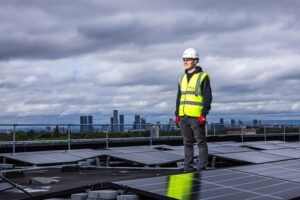
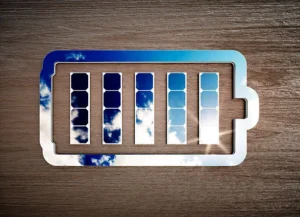
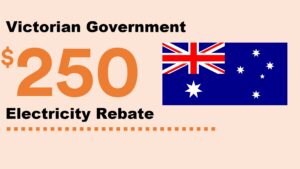
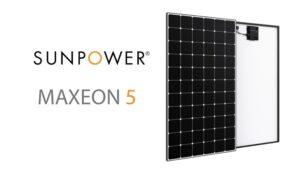
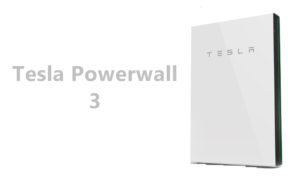
1 thought on “How Much Money Do You Save with Solar Panels in Australia?”
Comments are closed.